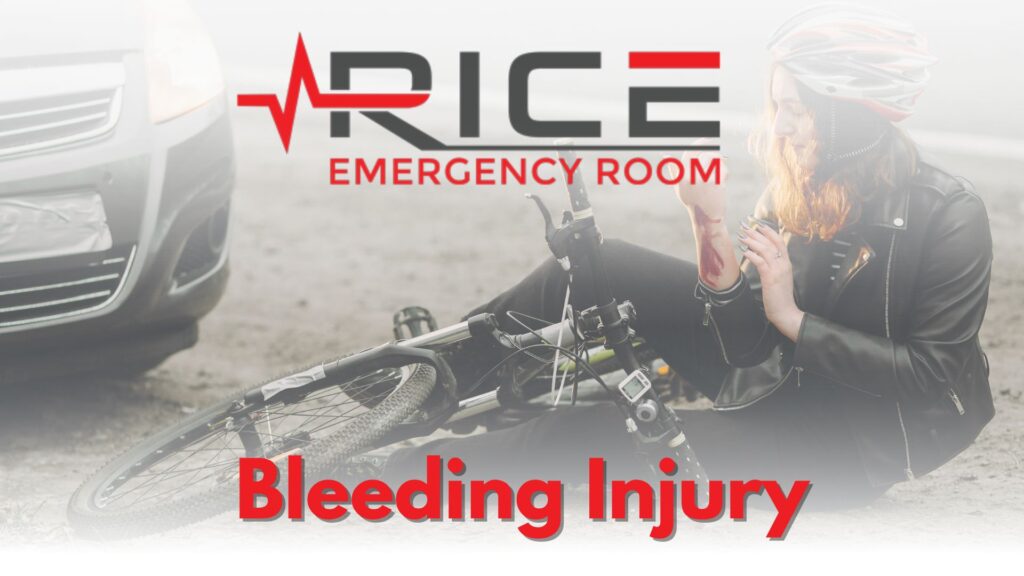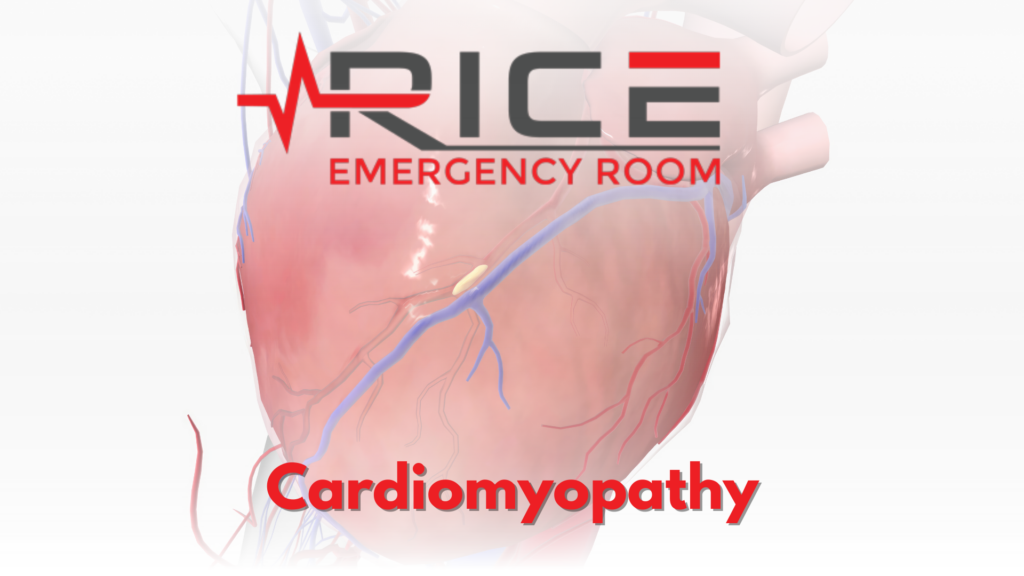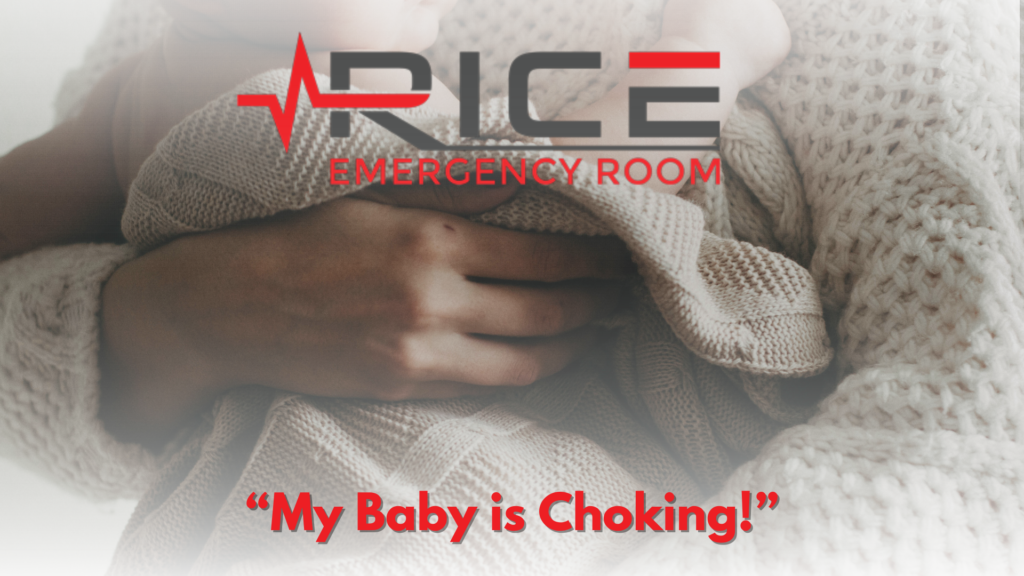Excessive bleeding injury, whether external or internal, poses a serious threat to health and requires immediate medical attention. Understanding the causes, recognizing the signs, and knowing how to administer first aid can be lifesaving. Let us delve into the critical aspects of excessive bleeding, focusing on internal bleeding, its symptoms, complications, and first aid measures.
What is Excessive Bleeding?
Excessive bleeding, also known as hemorrhaging, occurs when there is significant blood loss from the body. Blood loss can be external, as seen in cuts or wounds, or internal, where the bleeding is concealed within the body.
External Bleeding
External bleeding is often visible and easier to identify. It includes injuries such as cuts, abrasions, and puncture wounds. Immediate first aid can often control external bleeding through methods like applying pressure, using bandages, and elevating the injured area.
Internal Bleeding
Internal bleeding is more dangerous because it is not visible to the naked eye. It can occur due to trauma, such as from a car accident, or medical conditions like a ruptured aneurysm or gastric ulcers. Internal bleeding can lead to severe complications and requires urgent medical intervention.
Causes of Internal Bleeding
Traumatic causes of internal bleeding include blunt trauma and penetrating trauma. Blunt trauma, resulting from car accidents, falls, or physical assaults, can damage internal organs and blood vessels, leading to internal bleeding. Penetrating trauma, such as stab wounds or gunshot wounds, can directly damage internal organs and blood vessels, causing significant internal bleeding.
Several medical conditions can also cause internal bleeding. Aneurysms, which are abnormal bulges in blood vessels, can burst and lead to internal bleeding. Gastrointestinal conditions like ulcers, gastritis, or esophageal varices can cause bleeding within the digestive tract. Coagulopathies, conditions that affect the blood’s ability to clot, such as hemophilia or liver disease, can result in uncontrolled bleeding. Ectopic pregnancy, where a fertilized egg implants outside the uterus, can cause life-threatening bleeding if it ruptures.
Signs and Symptoms of Internal Bleeding
General symptoms of internal bleeding include weakness and fatigue, which can result from significant blood loss leading to anemia. This can cause a person to feel extremely tired and generally weak. Pale or clammy skin is another symptom, as reduced blood flow can make the skin appear pale and feel clammy to the touch. Additionally, a drop in blood pressure due to blood loss can cause dizziness or fainting spells. Shortness of breath is also common, as decreased oxygen levels in the blood can lead to difficulty breathing.
Specific symptoms vary depending on the location of the internal bleeding. Abdominal pain and swelling can occur when there is internal bleeding in the abdomen, causing severe pain, swelling, and tenderness. Chest pain and difficulty breathing can arise from bleeding around the heart or lungs. Bleeding in the brain can lead to severe headaches, neurological symptoms, and seizures. Finally, gastrointestinal bleeding can result in blood appearing in the stool or urine.
Complications of Internal Bleeding
Untreated internal bleeding can lead to severe complications, some of which can be life-threatening. One of the most dangerous complications is hypovolemic shock, which occurs when there is not enough blood to circulate through the body, leading to organ failure. Symptoms of hypovolemic shock include a rapid heart rate, low blood pressure, rapid breathing, and loss of consciousness.
Prolonged internal bleeding can also result in significant organ damage due to a lack of oxygen. For instance, bleeding in the brain can cause permanent neurological deficits or even death. Another serious consequence of chronic internal bleeding is anemia, characterized by a deficiency of healthy red blood cells. This condition can cause persistent fatigue, weakness, and shortness of breath.
First Aid for Internal Bleeding
While medical professionals should ultimately handle internal bleeding, immediate first aid can help stabilize the person until they receive proper care.
Steps to Take
- Call Emergency Services: If you suspect someone is experiencing internal bleeding, call emergency services immediately.
- Keep the Person Still: Encourage the person to lie down and stay as still as possible to prevent further injury and reduce blood flow.
- Elevate the Legs: If the person is conscious and there is no suspicion of spinal injury, elevate their legs to help maintain blood flow to vital organs.
- Monitor Vital Signs: Keep an eye on the person’s breathing, pulse, and level of consciousness. Be ready to perform CPR if necessary.
- Provide Reassurance: Stay with the person, keep them calm, and provide reassurance until medical help arrives.
(WebMD)
What Not to Do
- Do Not Give Food or Drink: Avoid giving the person anything to eat or drink, as this can complicate medical treatment.
- Do Not Move the Person: Unless absolutely necessary, avoid moving the person, especially if a spinal injury is suspected.
Preventing Excessive Bleeding
While not all cases of internal bleeding can be prevented, certain measures can reduce the risk. Wear a seatbelt when driving or riding in a vehicle to minimize injury in case of an accident. Use appropriate protective gear when engaging in activities that pose a risk of injury, such as sports or hazardous work. Additionally, take steps to prevent falls, particularly for older adults, by ensuring homes are free of tripping hazards and well-lit.
When to Go to the ER for Excessive Bleeding
Excessive bleeding, particularly internal bleeding, is a medical emergency that requires prompt recognition and intervention. By understanding the causes, signs, and appropriate first aid measures, you can help save lives and mitigate the severe complications associated with internal bleeding.
Rice Emergency Room is staffed with Board-Certified ER Physicians, trained to find and treat internal and external bleeding injuries. If you have been in an accident and aren’t sure if you sustained internal injuries, let us know you’re on your way. Our 24/7, 365 days a year ER physicians, labs and radiology are standing by to assess you promptly.
Check In Here
Works Cited
Lynne Eldridge, MD. “What Are the Symptoms of Internal Bleeding?” Verywell Health, 17 May 2024, www.verywellhealth.com/internal-bleeding-signs-symptoms-complications-4172951.
“Bleeding (Life-Threatening Internal).” Red Cross, www.redcross.org/take-a-class/resources/learn-first-aid/bleeding-life-threatening-internal. “Abdominal Pain & Internal Bleeding from Injury: Symptoms, Treatments.” WebMD, www.webmd.com/first-aid/internal-bleeding-causes-signs.




